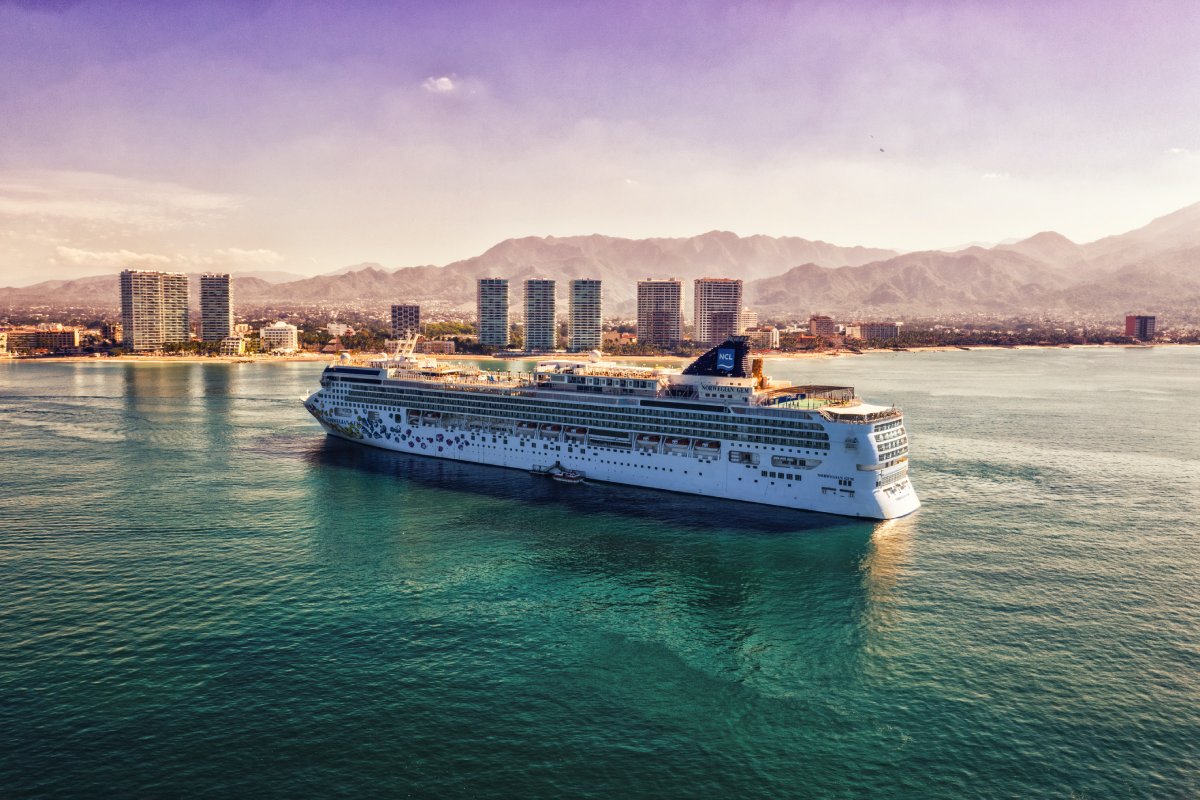Norwegian Cruise Confident It Can Ride Wave of Higher Pricing Through Any Downturn

Skift Take
Norwegian Cruise Line grew its occupancy level despite increasing its pricing in the third quarter. The cruise company expects it will fill its ships in 2023 even with higher pricing and uncertain macroeconomic conditions, executives said during an earnings call Tuesday.
In the third quarter, occupancy rose to 82 percent, up from 65 percent the last quarter but down 30 percent from the same period in 2019. Occupancy grew despite pricing being higher than in 2019. "Pricing continues to be significantly higher when compared to 2019 even when taking into consideration the diluted effect of future cruise credit," said Norwegian Cruise President and CEO Frank J. Del Rio.
The cruise company wants to sequentially narrow the gap from its 2019 level to 20 percent and expects to reach “100 percent plus levels” by the second quarter of 2023, Del Rio said. "As we have said, previously, pricing naturally will level off as we fill out our book for 2023, but we continue to expect to achieve record pricing for full year 2023."
The raised pricing is part of the company’s strategy to achieve its recovery targets. “We're protecting price. We want the consumer to pay more,” said Norwegian Cruise Executive Vice President and Chief Financial Officer Mark Kempa. “Is there an offset in the very short term that we are sacrificing a small amount of load factor? Yes, we've said that, but that is part of our strategy. We expect to be back at normal load factors in the second quarter of next year. We are right on track.”
Booking windows expanded to 245 days, up 30 percent from the second quarter and up nearly 10 percent in the same period in 2019. Net booking volumes continue to be at the pace needed to reach historical occupancy levels in 2023, the company said. Norwegian Cruise is targeting to have 65 percent of bookings for 2023 be completed by the end of 2022 at record pricing.
Bookings got a boost in the drop in Covid measures around the world, which allowed the company to reach a wider guest market and to cover more international ports to support high-yielding itineraries, said Del Rio. He cited the removal of Covid testing in the key markets of Canada, Greece, Bermuda and in all of South America. In September and October, Norwegian Cruise’s brands relaxed and dropped Covid protocols.
In the third quarter, revenue was $1.6 billion, down from $1.9 billion for the same period in 2019. Total revenue per passenger cruise day exceeded expectations, up 14 percent for the same period in 2019. The company reported a GAAP net loss of $295.4 million and an adjusted net loss of $268.3 million.
The loss of St. Petersburg due to the ongoing Ukraine War, however, continues to deal a "real blow" to Norwegian Cruise, said Del Rio. He estimated its loss costs the company millions of dollars in forgone onboard revenue and high-yield itineraries and contributed to higher prices.
Norwegian cited its guest mix as an advantage if macroeconomic conditions worsen in 2023. The vast majority of Norwegian’s guest mix consist of individuals with over $250,000 in net worth, a group that has historically continued to book despite economic downturns. Furthermore, less than 10 percent of the company’s guests are sourced from Europe, where the macroeconomic environment is challenging, said Del Rio.
In August, Norwegian Cruise Line christened its newest ship Norwegian Prima, which made history as the first major cruise ship christened in Reykjavík, Iceland. Norwegian Cruise expects to launch eight additional ships by 2027.




